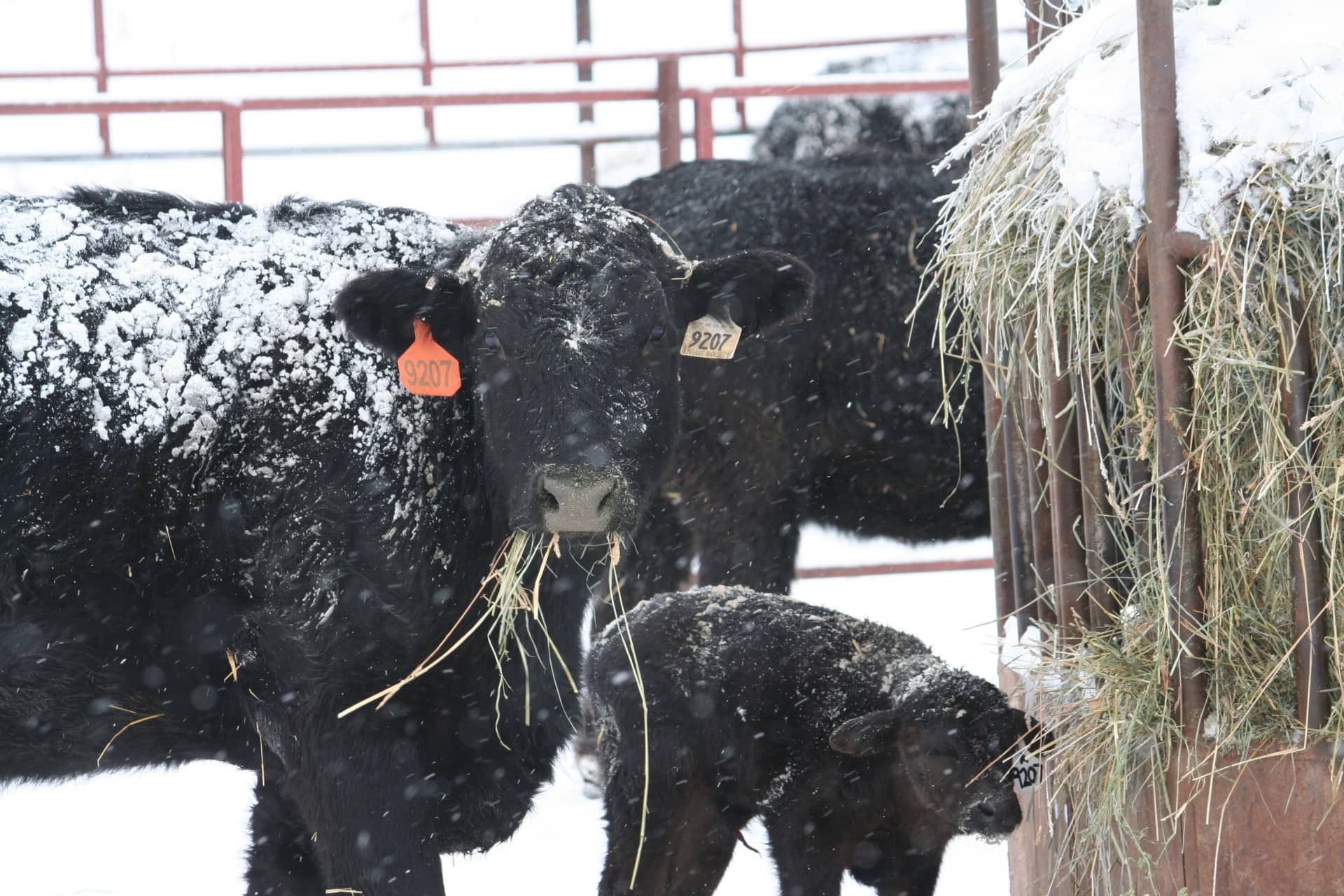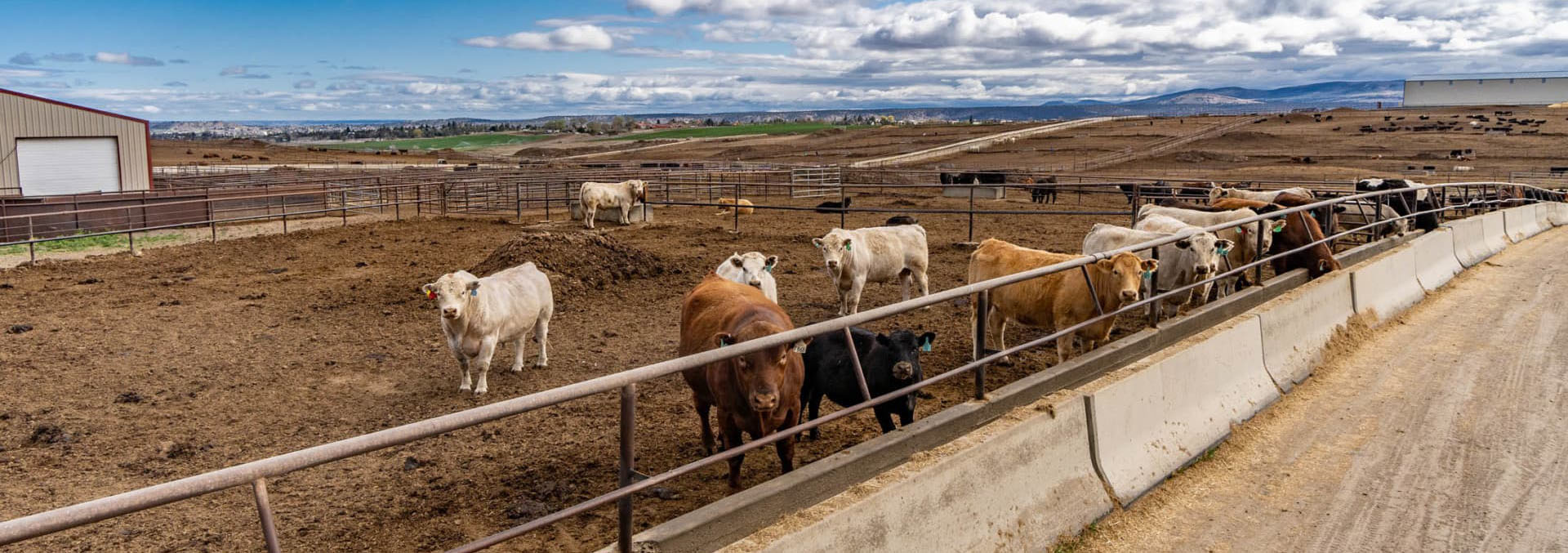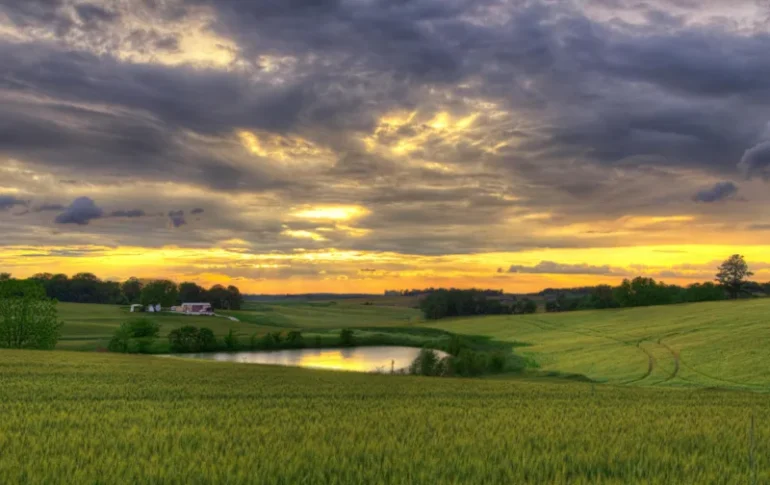2021: A Better Year for the Cattle Industry?
By Alex Robertson, Broker, Licensed in OR
On a crisp December morning in Madras, Oregon, the cattle at The Greens’ Feedlot line up to the feed bunks. Not much space is available in the Greens’ Feedlot as most (if not all) pens are full with the appropriate number of cattle. The feedlot is a custom yard that efficiently custom feeds cattle for other owners to prepare them for other feedlots or processing. The chaos of 2020 severely affected cattle ranchers and feeders. Not only did cattlemen have to compete for toilet paper and deal with the numerous obstacles of a pandemic, but the COVID disruptions all but brought the 24/7 industry to a grinding halt! Nevertheless, could this have been the darkest hour before the light?
Record low numbers in the early months of 2010 created record-high cattle and beef prices. This demand and profitability prompted American ranchers and feeders, through herd expansion and efficiencies in carcass yield, to increase production, which resulted in a shortage of supply quickly becoming a surplus. Since 2015 the cattle industry has seen a steady decline in cattle’s value (not beef so much, which I will explain later). Due to only four companies processing most of the beef produced, cattle prices to the producer and feeder dropped significantly, but the consumer did not benefit from lower beef prices at the retail level.
That brings us up to 2020! For a brief moment, many experts had firm beliefs that cattle prices would start their turn for the better. Articles posted as late as early March had this feel-good storyline, and the only thing that concerned us was much of Australia going up in flames. Then COVID hit! We were all told to keep away from each other, hole-up in the house, bathe in hand sanitizer, and watch Netflix (the wife and I watched Schitt’s Creek). And then the restaurants, bars, and schools were closed; people panicked and stocked up on groceries, thinking it might be a long spring of quarantine. By early April, I started receiving text messages. People that I rarely talk to started coming out of the woodwork placing orders for beef. Me, my wife, and two daughters run a handful of cows; it’s been a great way to teach my girls about responsibility, investing, and respecting land and animals (those of you with families thinking about a ranch should read that line again). Our little herd of cows produces calves for the commercial market. We sort off roughly a dozen steers every year to finish grass-fed beef sales. For a brief time, I was more popular than the tipsy bridesmaid at a wedding! It seemed everyone wanted to stock up on beef! With the large packing plants scaling back due to COVID cases, even in the face of enormous demand, cattle futures and markets flat-out collapsed.
The situation became dire for the commercial cattle market; the cattle futures market’s collapse was only outdone by the briefly negative crude oil futures. The whole beef industry came to a grinding halt! Cattle ready for slaughter stayed in the feedlots too long, calves weaned and ready to go to feedlots stayed put, feedlots were full and had no open space, while mother cows were already working on raising the next crop of calves. All these animals needed feed, yet money in the industry was not flowing. Nevertheless, American ranchers and feeders kept their heads down, and things did improve. President Trump ordered the industry packing plants to take whatever actions needed to keep the processing plants open. With spare time, from working at home and not wasting time commuting, more Americans were cooking at home, trying new recipes, and eating beef! After the fiasco with the four leading packing companies, new smaller packing plants and butcher shops opened to make a more sustainable food processing industry. The backlogged animals ready for processing were finally starting to move through the system; the futures and markets rebounded. By early August, feeder cattle futures had climbed back to the pre-COVID 2020 highs. Cash prices have shown signs of moving higher.
Well after the clock struck 12:01 A.M. on January 1, 2021, we are still dealing with some of the issues that made 2020 less than fun for all of us. However, for the rancher, the cattle feeder, and the family that likes to enjoy a summer evening with a well-prepared tri-tip on their patio, there are signs things are going to improve.

The beef infrastructure has learned to cope with COVID, and the first batches of the vaccines have been administered, with more to come. Empty beef coolers in supermarkets should not be a sight in 2021. With restaurant closures, many people learned to prepare meals, cooking beef at home. There have even been reports of kitchenware sales skyrocketing. You know, once you learn to slow-cook a roast for tender taco meat, you won’t want to go back to fast food! Restaurants might be back open soon, but many people will hold on to their newfound love of cooking at home, too. The nations’ herd expansion is over. As I mentioned previously, high prices were primarily stimulated by the cattle herd being at its smallest number in the United States since World War I. Well, we are heading that way again! On top of herd constriction, we are also experiencing a devaluing U.S. Dollar against foreign currency, which helps American beef export prospects. During the stress of 2020, many Americans realized the comfort of a good steak dinner, the family get-together over a prime rib
roast, sliced tri-tip sandwiches at a rodeo, and for me, an In-N-Out double-double; with onion, no tomato!
Cattle Market and Real Estates
By now, you might be asking, “what the heck does this have to do with real estate?” Well, glad you asked. Beautiful rural properties in short supply have been going up in value when people realized they wanted a little social distancing. Even before COVID hit, and in the face of declining cattle prices, it was evident that the demand for rural real estate was increasing. Properties like BK Ranch (Bly, Oregon), Bear Creek Valley Ranch (La Grande, Oregon), and Chandler Hereford Ranch (Baker City, Oregon) all fit the bill for social distancing, plus have solid ag production and are great places for family to gather, live, work and play! Green’s Feedlot (Madras, Oregon), currently at or near capacity with cattle, provides an excellent opportunity for a family operation or commercial business.
On the way to Utah to spend Christmas with my in-laws, I delivered to my investment broker a whole steer, raised by my family, cut, and packaged. The smile on his face told me this beef meant a great deal to him and his family. I think 2020 made us all realize how important a good steak is!






